(This article has been written by Dr Ayyagari Manaswini and Dr Takshitha T – details at the end – on behalf of Dr Vinay Kumar)
Dr Vinay Kumar (Dr. med dent, Dr rer hum, MDS, DMD, MD PhD, FDS RCS, Sweden & Bangalore, India) is an Oral Reconstructive Surgeon & Implantologist from Bangalore India and a visiting faculty at Uppsala University, Sweden. Dr Vinay is a Keynote Speaker at the DentalReach Conference & Awards (DRDCA) 22: Sports Dentistry Edition. Brochure & Registration Link: Click here

Sports dentistry is a specialty that deals with the oral and maxillofacial injuries that are related to sports. Skull based maxillofacial fractures are one of the most common types of injury in sports related accidents. These injuries are usually caused by accidents, falls, blows to the head and other forceful contact during a sport. This can lead to fractures of the bones in the skull, jaw, neck, and dentition. The commonest sites are mandible, zygomatic bone, floor of orbit and skull based frontal bone.
The etiology of these injuries can be attributed to sports related activities like football, boxing, basketball, hockey, ruby, athletics, cricket, and cycling. All these sport activities are very much country specific.
Types of maxillofacial injuries due to sports-related trauma
Oral and maxillofacial region is the sensitive area of the body that can be easily injured. Some of the most common injuries in this region are:
- Soft tissue lacerations: A laceration is a cut or wound that goes through the skin but does not go all the way through to the other side.
- Fractures: A fracture is an injury to a bone where it has been broken into two or more pieces. This can cause significant pain and swelling, dislocation, disability of the part injured.
- Dislocations: Dislocation occurs when one part of a joint moves out of its normal position and becomes detached from the anatomical position. This causes significant pain and disability of the part and may require surgical intervention.
- Contusions: Contusions are bruises caused by blunt force trauma, such as hitting your face against something hard like ice, pavement, or metal bars, balls etc. as a result can cause significant pain and swelling
Sports injuries can also be classified as either
- traumatic
- overuse injuries.
Traumatic injuries are caused by a sudden impact to the body, while overuse injuries are caused by repetitive motions.
Maxillofacial trauma due to sports affect primarily the jawbone mandible at the angle most frequently, then comes orbital floor, midface region and skull based frontal bone.
Skull based injuries due to sports-related trauma
A. The maxillofacial hard tissue injuries are classified into three categories according to type of fracture:
- The first category is an open fracture, which is when the bone pierces through the skin and there’s blood coming out of it.
- The second category is a closed fracture, where there’s no blood coming out of the wound, but you can see that there’s been some type of trauma to the bone.
- And finally, the third category is a concussion, which can happen from any type of force being applied to the head or neck region.
B. Skull-based injuries can also be classified according to location:
1.Posterior fossa: These are injuries that occur in the posterior part of the skull. These include brain stem, cerebellum, or spinal cord injuries. These can cause a loss of balance and coordination, paralysis on ipsilateral side of the body, or loss of hearing or vision. They might also cause memory problems or difficulty in speaking.
2.Anterior fossa: This is an injury to the front part of your skull which includes your sinuses (the air spaces behind your nose), nasal cavity (the space between your nose and mouth), teeth, jawbone, and parts of your brain.
C. Skull based fractures can be classified depending on their shape as:
- linear or
- nonlinear fractures
Nonlinear fractures represent a more complex injury with greater displacement of bone fragments that can cause significant damage to surrounding structures such as nerves and blood vessels.
Prevention & Treatment
Prevention is always better than cure for every player. Every sportsperson should follow all sets of safety rules during the sport. Compliance in wearing protective guards should be evaluated by the coaches. Young adolescent players who play multiple sports are the most at risk because in addition to them being amateur professionals, as the number of sports increases, the risk of trauma during sport also increases. Such players must be made aware of the importance of preventing maxillofacial injuries.
Coming to the aspect of treatment:
- Few fractures need active surgical intervention and few conditions need conservative treatment.
- Open reduction internal fixation or closed reduction according to the intensity of the fracture and site of the fracture occurred.
- Soft tissue management by sutures or medicaments.
Precautionary measures to decrease the risk of maxillofacial injuries
- Avoid contacts in sports – For example, the player should avoid contact with the ball or another player’s head.
- Wear helmets and extensive facial protective gear – Helmets and special protective facial wear avoids hit impact to the midface and skull.
- Training for safety during sports – Avoid harsh playing of the sport.
- Usage of mouth guards – The best way to prevent oral and maxillofacial injuries is to wear protective gear such as a mouth guard. Mouth guards can also be custom made for the wearer to ensure that they provide the best protection possible.
It is important to know the risks of injury in order to prevent them as much as possible. Injuries from sports are becoming more and more of a problem in modern society. They can take place anywhere, including at home or in the gym. As they can lead to long-term problems like chronic pain and disability, these injuries are a major cause for concern.
Dr Ayyagari Manaswini is currently pursuing her MDS in Oral and Maxillofacial Surgery (3rd year, Krishnadevaraya College of Dental sciences, Karnataka).
Dr Takshitha T is currently pursuing her MDS in Oral and Maxillofacial Surgery (3rd year, Krishnadevaraya College of Dental sciences, Karnataka).

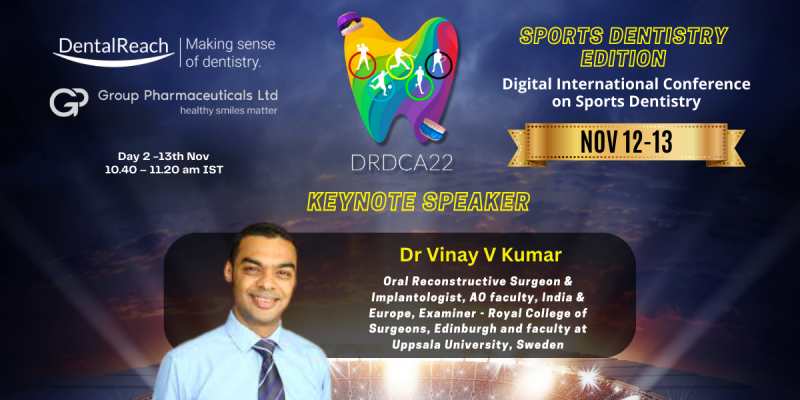



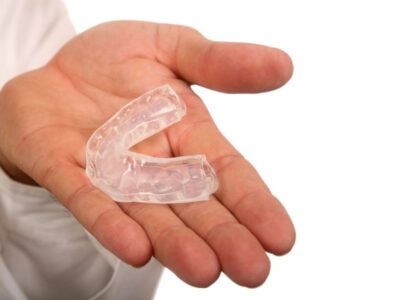
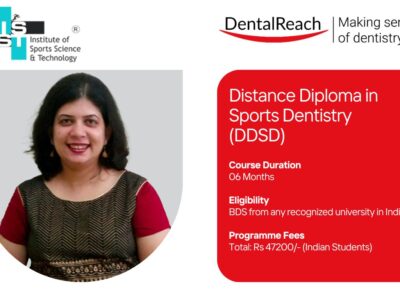
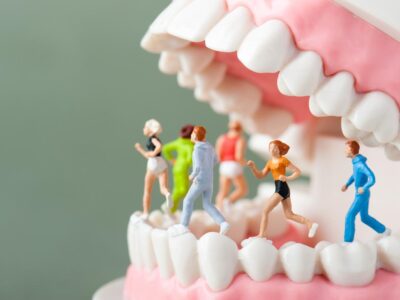
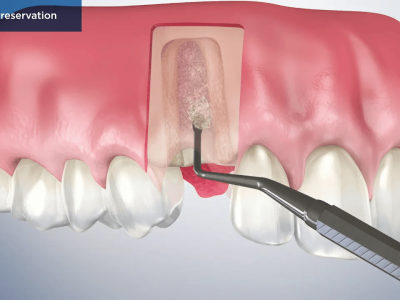
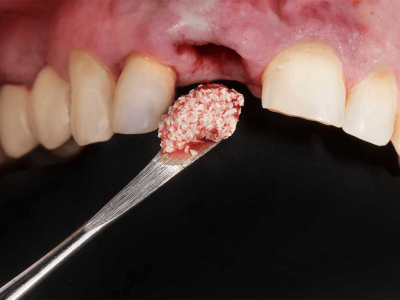
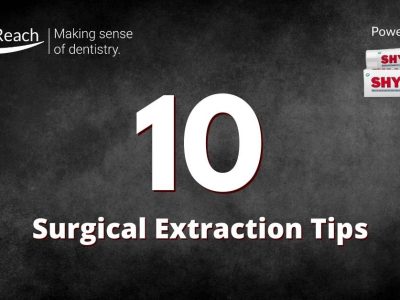









Comments